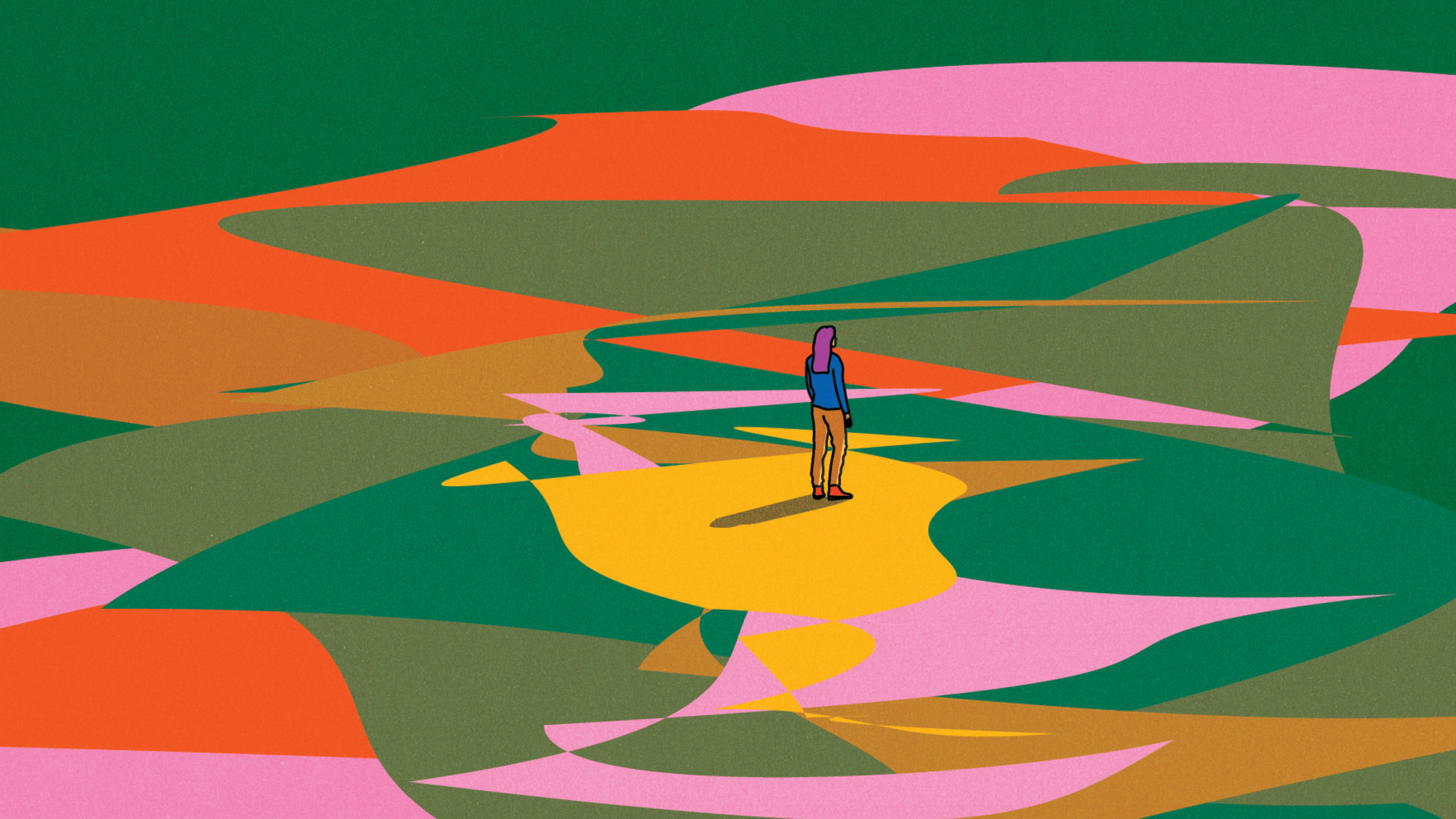What will our world look like 40 years from now? Far from being static or neutral, the future is a contested notion—its meaning and direction are shaped by the discussions and decisions that prevail in the present.
In the face of the climate and environmental crisis, and the increasing degradation of the forests, oceans, glaciers, and mountains, these discussions are more urgent than ever. The planetary crisis—now undeniable, grounded in international scientific consensus—adds to long-standing challenges like poverty and persistent inequality, which disproportionately affect countries in the Global South.
There are no silver bullets in this matter. Nor are there messianic leaders or lone heroes who will come to save the day. A long and rugged road lies ahead: coming out safely and successfully requires unity and commitment to the goals we’ve set through sustained and thorough multilateral conversations. The first call we must make is to take no step back. Our baseline is ensuring that no ground is lost on the progress we’ve made so far.
The rise of political leaders who deny climate change, the advance of the far right worldwide, the growing concentration of
power in tech corporations, disinformation, and multiple armed conflicts are reshaping the geopolitical landscape. These dynamics threaten to dismantle hard-won rights and abiding post-war agreements. Today, the legitimacy and effectiveness of the multilateral system as a foundation for collective action and the protection of shared rights are being fundamentally challenged.
What’s at stake is nothing less than democracy itself: as a political system based on free elections, separation of powers, checks and balances, and the rule of law; and as a social system rooted in human rights, justice, inclusion, and equity.
Despite mounting challenges, our efforts to uphold and build on decades of work for the right to a healthy environment are alive and well—in civil society organizations, in Indigenous Peoples and local communities, in universities and scientific institutions. It lives on in national and international legislation, and in all who imagine and work toward a different present and future, one that respects nature and the rights of its defenders.
For the past 40 years, FARN has been forging a path of environmental justice in Argentina and Latin America. The challenge now is to consolidate and expand it beyond our standing ground. The future we seek is by no means achievable if we work single-handed: We must build bridges, engage other sectors, including industry and labor, and connect with the hopes, concerns, values, and ideas of those who have not yet grasped the urgency of the climate and environmental crises. We must bring more people into the conversation to shape an environmental policy that upholds the public interest, democracy, and justice. Ultimately, we must help society understand that the pursuit of a healthy environment is essential to building a stronger, more inclusive democracy and a development model that leaves no one behind.
Throughout history, times of uncertainty and crises have also been moments of opportunity and hope. The present is not a blank space between past and future, but a contested one where the future is being shaped. It’s a time to reimagine the path ahead, and to take confident steps toward a democracy rooted in civic participation, local knowledge, scientific understanding, and respect for human rights and nature.
The time to act is now. We still have the chance to protect what we’ve built and to envision a world where the wellbeing of people and ecosystems is at the heart of every policy and decision. What’s at stake is not just the present, but the very possibility of having a future.
